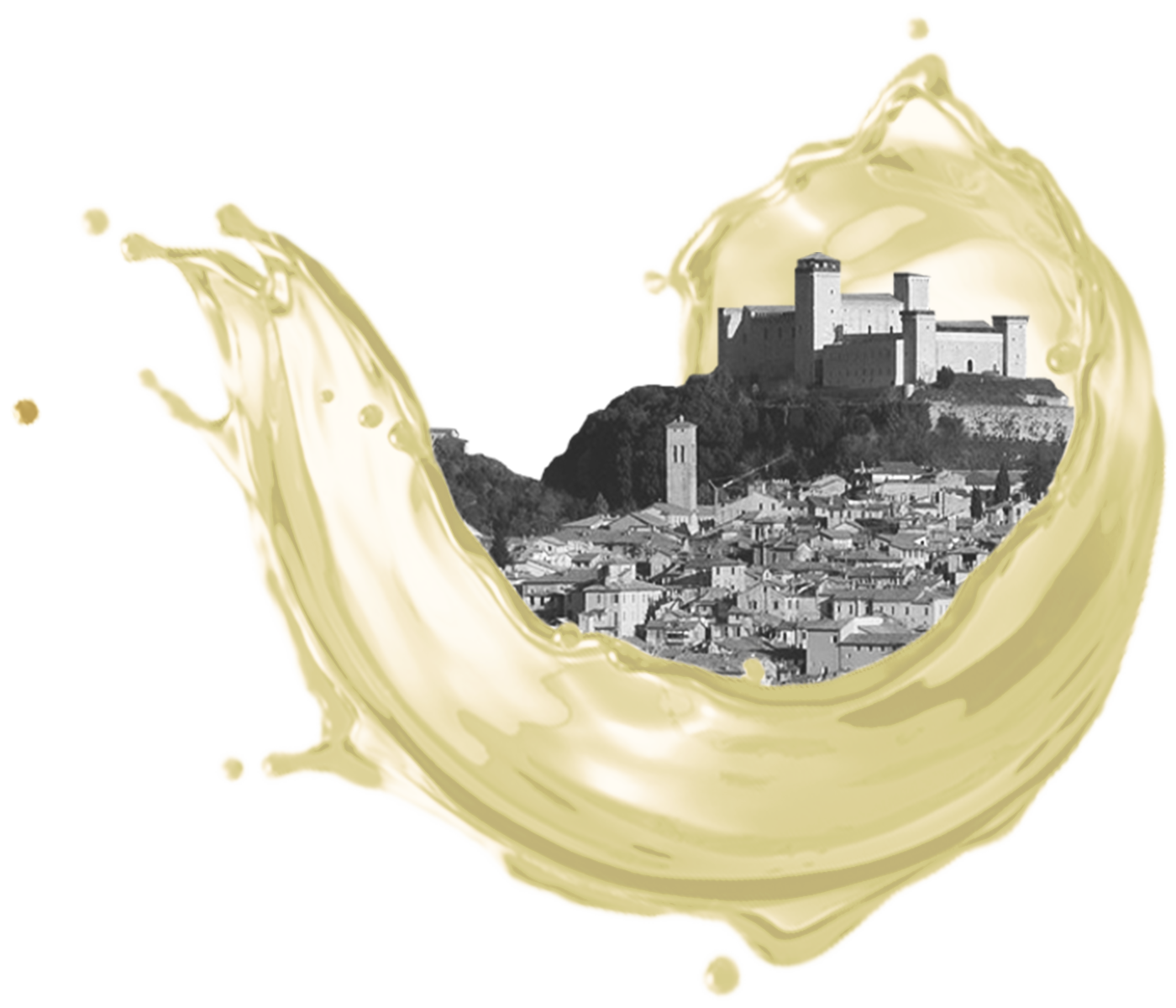

The plant is extremely vigorous and generous, which is why it became so widespread in the area until the 60s. Up until then, trees were used as living arbour for vines, meaning that they would be planted in close proximity to a maple tree so that they could climb up it and produce bunches around 2 metres above the ground, ensuring good sun exposure, out of the reach of animals. Vine rows were 10-15 metres apart and farmers would sow wheat in between them as sustenance for their families. However everything changed in the 60s: industrialisation drained rural areas of the population, mechanisation replaced human labour and trees in the middle of fields got in the way of tractors: grape harvesting required scale and was complicated: the trees disappeared and with them the vine plants. Specialised vine fields came into existence, with a 3 metre distance between rows and 150 cm between each plant. Maple trees were replaced by cement supports through which classic iron wires were fed. Highly exuberant varieties like Spoletino found it difficult to adapt as they required copious trimming of leaf foliage, otherwise the bunches would never be exposed to the sun. Furthermore, as a very light variety, its grapes never reached acceptable sugar levels in the period when all other grapes were vinified. Slowly Spoletino was replaced by more compliant and sugar-rich varieties.